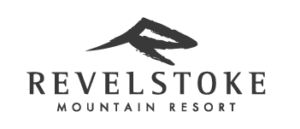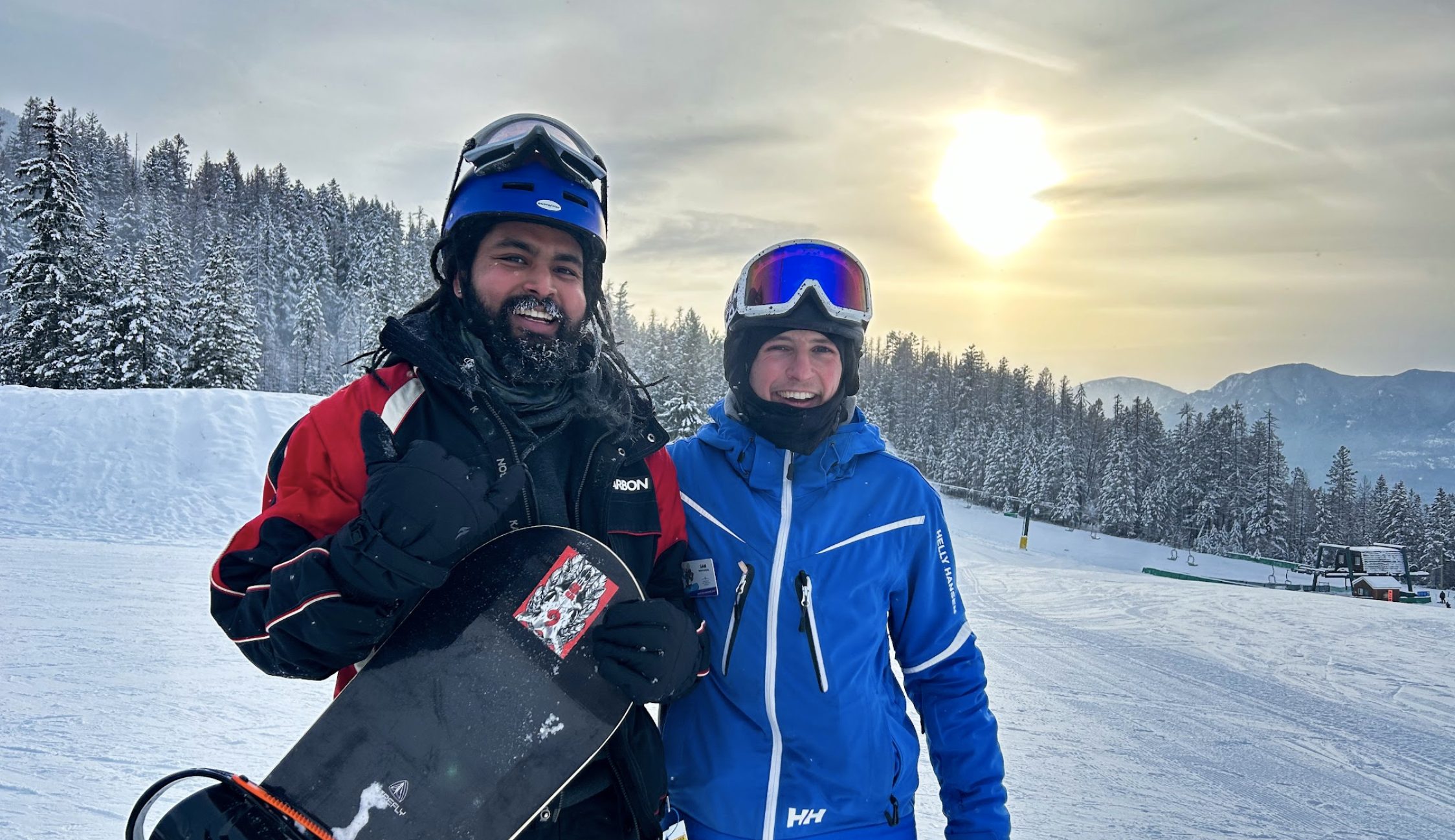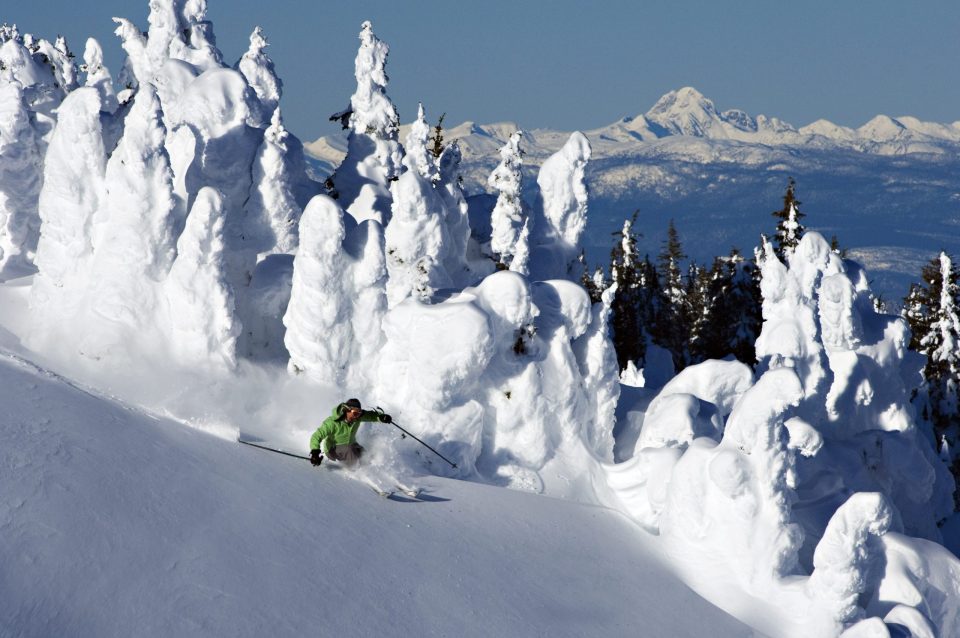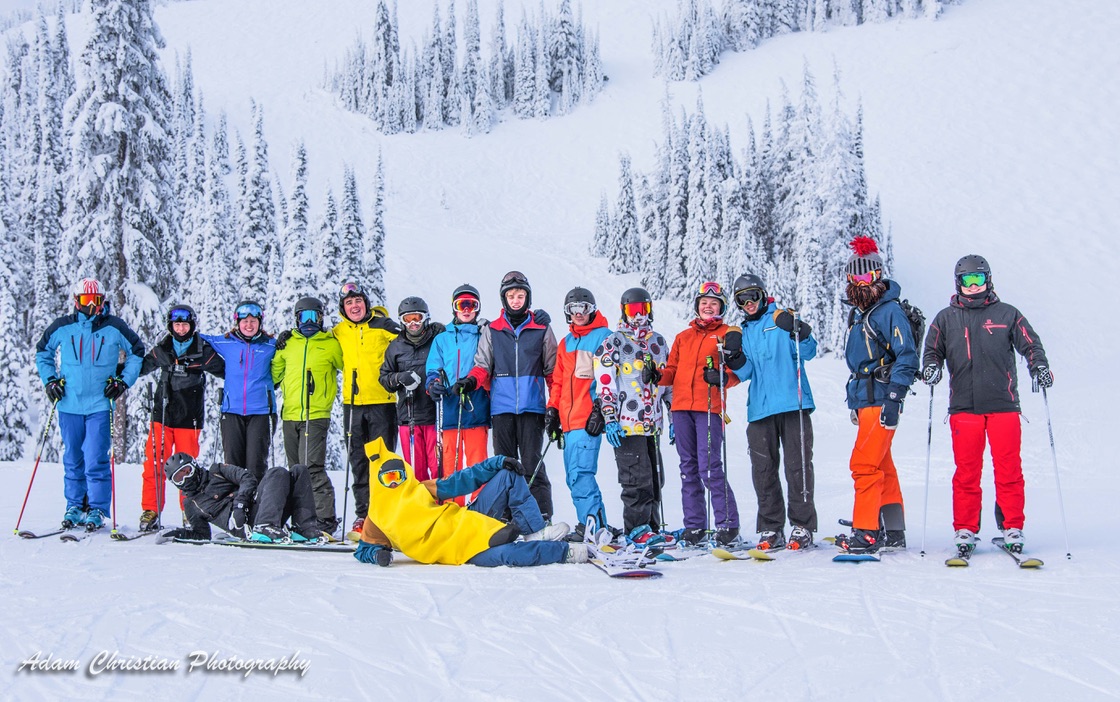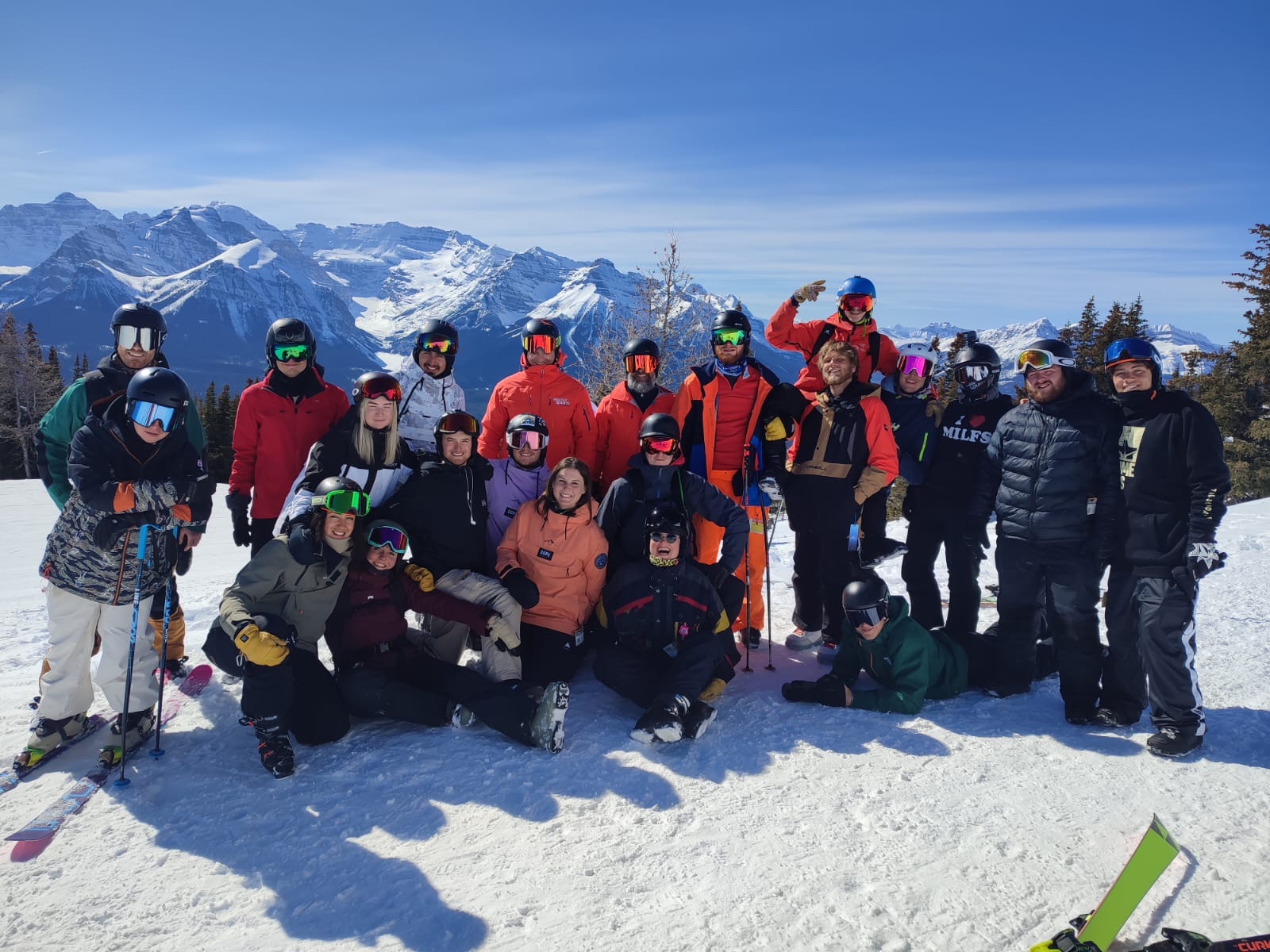Lorem ipsum dolor sit amet, consectetur adipiscing elit. Duis dapibus rutrum vulputate. Mauris sed eros nec est vehicula mattis ac vitae ligula. Maecenas vitae tristique sapien, vitae pellentesque lectus.
The PSIC: An Instructors Perspective

Guide Summary
The Professional Ski Instructors Of Canada is a new certification body in Canada, founded in 2023 to train and certify ski instructors. Before the arrival of the PSIC, skiers and instructors who wanted to become certified in Canada did so with the CSIA, the main governing body in Canada for the past 85 years. Now, the PSIC offers instructors a new pathway, meaning those wanting to become certified as new instructors or gain higher certification must decide whether to stick with the tried and tested or switch to the PSIC.
What Is The PSIC?
“At the PSIC, we are redefining ski instruction with a modern, science-based approach to training, education, and certification. Our deep partnership with ski schools drives a curriculum that responds directly to the needs of today’s ski industry—prioritizing guest experience, technical excellence, and instructor development. Join a supportive community of professionals who are committed to elevating the mountain experience for all.”
The PSIC is a new system founded in 2023, led by industry professionals, many of whom were closely associated with the CSIA. Looking to develop new ideas, they offer a new innovative approach to certifying ski instructors, adding value to the industry. The PSIC is, like the CSIA, working with a traditional four-level system, with those becoming fully certified recognised as the best in the industry with expert skiing and teaching skills.
The PSIC is now entering its third year and has seen tremendous growth and success since its inception in 2023. It now offers an extensive curriculum complementing the traditional pathway, with new programs like the Big Mountain Pathway and courses being delivered worldwide.
PSIC’s Big Mountain Pathway: Elevating Ski Instructors into the Double‑Black Arena
My Views On The PSIC
I, like many, was unsure about what the PSIC meant for the industry, particularly for instructors in Canada. The first thing to say is that I certainly don’t think the presence of another governing body is a bad thing. The PSIC offers another option for those passionate about skiing and ski teaching to train, become certified and begin helping skiers. If this is to end with more people skiing more often, then I’m on board with it.
In nearly all other aspects of work and business, competition is a good thing. If the PSIC offer an attractive product that is well delivered and marketed, then the CSIA must do the same if it wishes to stay competitive. If both governing bodies compete to produce the best product possible, then this is only a good thing for its members and, subsequently, its end users, which are the general skiing public. This must always be the intention, though, to produce a product with the members and end users at the forefront. As soon as the focus from either system switches to trying to sink the other, that’s when the product delivered to its members will suffer.
The PSIC Going Global
The organisation has seen tremendous growth in three years since the PSIC’s inception. It was unclear how the PSIC would fare three years ago as they tried to break into the industry by offering a new certification to instructors in Canada. In their first two years, they have seen great uptake in membership, course participation, and strong reviews for the quality of their on-snow product. The PSIC can now offer courses to instructors worldwide, with courses held in Canada, Italy, Switzerland, France, Austria, New Zealand, and Japan. These courses are offered in partnership with the PSIE (Professional Ski Instructors of Europe). As a result, the PSIC is one of the most accessible and progressive certification bodies globally.
Instructors who often move around the world each season will hopefully be able to continue their certification pathway despite not being based in Canada. This is a huge step forward, and I have no doubt it will appeal to a number of travelling ski pros. It is also great for the industry as a whole, as more instructors are able to continue their certification and education.
In regards to the product delivered on snow, the PSIC will no doubt continue to ensure exceptional quality. The senior leadership team of the PSIC is spearheaded by some of the top pros in the industry, many whom were part of the team to lead the CSIA through a number of successful seasons. With passionate people at the top and a team of dedicated professionals in its licensed professional training team, I expect the courses delivered to its membership to be of the highest quality. Watch this space.
International Recognition
A key consideration for Instructors is understanding how their certification is acknowledged internationally. The International Ski Instructors Association is the world governing body for professional ski instructors. The main alpine nations formed ISIA in 1970 to represent the best in ski instruction around the world. Currently, there are 38 member states who work together to ensure the highest standards of Snowsports instruction are upheld. They offer two levels of certification to Snowsports instructors. As it currently stands, the CSIA represents Canada.
Being members of the ISIA, this allows instructors certified under the CSIA to obtain their ISIA stamp and become internationally recognised.
The CSIA’s longevity and membership signal it’s not going anywhere, and with ISIA membership, it is supported and respected by international associations worldwide—a safe bet for an instructor looking to work overseas and obtain ISIA status.
After two successful seasons, the PSIC is gaining recognition worldwide. As it now offers courses worldwide, it is clear that the PSIC will begin to cement its place internationally. More instructors are certifying with the PSIC and the PSIE, which will only enhance its reputation internationally.
What The PSIC Do Well
One thing I think the PSIC should continue to develop is the continuity and format of their courses and exams. I really like what they’ve done so far. The PSIC has created a system in which the experience delivered to candidates on an course or exam is very similar through levels 1 to 4. With a focus on meeting objectives based on ski to snow interaction, there is more emphasis on skiing to what the situation dictates. If on the day of an exam candidates are fortunate to have perfect groomed slopes, then of course the objectives can change, allowing for more performance and speed, however if on the following day conditions change, leaving candidates with choppy, challenging snow, then those objectives would no longer be appropriate and the tactics and techniques employed by the candidates would need to change. This doesn’t mean the skill level is diminishing, but recognising what is happening on the day instead of pushing the envelope and striving for one defined objective. I think this allows for more freedom and will result in skiers more well rounded in all conditions. By educating instructors in this way, our end users are more likely to be given a similar experience.
What Does The Future Hold For The PSIC?
I expect membership to increase, the more accessible the PSIC becomes to ski instructors across Canada and worldwide. More courses and exams, held in more and more resorts across the world will only increase its popularity and membership. Who knows what this will mean for the CSIA. My hope is that the formation and development of the PSIC increases participation for both systems. With more people talking about ski instructing, asking questions and getting involved, this can only be a good thing. If you’re a ski instructor in Canada, take a course with both this season and make your own decision on which pathway is right for you.
Personally, I think the PSIC will be in a much stronger position in a few years time, especially if it can cement itself internationally. The people at the top are too experienced and have enough skin in the game to know what it takes to make it a success.
FAQs
It would help if you had the following to become a Ski Instructor
1. A decent existing skill level. Only obtained by time on the snow skiing and more often than not taking ski instructor training through a provider such as the Winter Sports Companies Level 1 ski instructor course
2. A Ski Instructor Qualification can be achieved by attending and successfully passing a Ski Instructor Course with an examination.
3. Once qualified, you need a job in a Snow School as a Ski Instructor. Canada has the most significant potential for employment in a resort unless you have a European passport. Taking a Ski Instructor Internship through a provider such as The Winter Sports Company can give you that training, certification and guaranteed employment.
A typical salary ranges from $17-19 as a Level 1 ski Instructor to $19-22 as a Level 2. A level 3 instructor can start to make a good living with more hours and a higher wage of $23-28, depending on the resort. Private lessons and tips will help increase your take-home pay. When you reach fully certified Level 4 standard, you can maximise your earning potential and hours and become a sought-after commodity. This level will significantly increase your employability and offer many other gateways to earn a considerably well-paid salary.
With most governing bodies within the ISIA (International Ski Instructors Association) which has 38 nations conforming to an international standard, the accepted format of 4 Levels of skiing consists of the following. Level 1 instructor course teaches a basic introduction to skiing and assumes the instructor can parrallel ski. An introduction to children is often introduced at this level. Level 2 concentrates on more advanced techniques and allows you to instruct intermediate skiers. Level 3 Is a much higher certificate, centering around advanced technique on challenging terrain in all conditions. . Finally most governing bodies except the New Zealand system have a Level 4 which is the final level allowing the instructor to teach any level of skier.
Both apply similar methods of teaching. Ski instructors work with skiers to develop fundamental skills to help them ski better for the purpose of recreation. Ski coaches work with skiers and ski racers to develop skills specific for competition.


